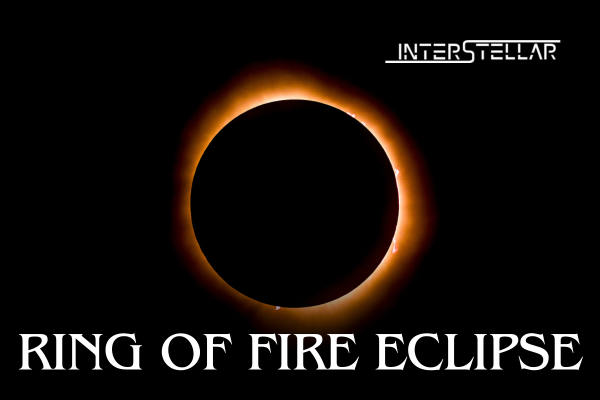Moon Creates Spectacular ‘Ring of Fire’ Eclipse over Pacific Ocean
The moon obscured most of the sun over the Pacific Ocean on Wednesday, creating a striking annular “ring of fire” eclipse. Only a few remote locations, including Easter Island and a small area near the southern tips of Chile and Argentina, experienced the full event, which lasted just a few minutes.
Rare Eclipse Offers a Unique Sight
An annular eclipse occurs when the moon is too distant from Earth to cover the sun entirely. This results in a dark silhouette of the moon surrounded by a glowing ring of light, known as the antumbra or “ring of fire.” Unlike a total eclipse, where the sun is completely obscured, this phenomenon leaves a thin ring of sunlight visible.
Rocio Garcia, a tourist on Easter Island, described the experience as unforgettable. “The ring of fire is a once-in-a-lifetime experience,” Garcia said. “Especially here in Rapa Nui, with the Moai statues in the background, it was spectacular.”
Gathering to Witness the Eclipse
As the sun dimmed over Easter Island on Wednesday afternoon, people gathered outside to watch the celestial event. Residents and visitors alike chanted, played music, and wore special protective eyewear to view the eclipse safely. The excitement was palpable among onlookers.
“I got excited when people were shouting. Everybody’s fervor made it more thrilling,” said Alejandra Astudillo, a local resident of Easter Island.
The Eclipse’s Path and Global Reach
The path of annularity—where the “ring of fire” was visible—was narrow, with an estimated 175,000 people in its direct line. This provided a rare opportunity for both far-flung residents and dedicated eclipse-chasers to experience the full annular eclipse.
Esteban Sanchez, from the town of Las Horquetas, Argentina, was among the few who witnessed the phenomenon directly. “It was an extraordinary sight not often seen,” he remarked. “This is the first time I’ve seen it, and it was really impressive.”
While only a small section experienced the full annular eclipse, the southern half of South America, parts of Antarctica, and even Hawaii observed a partial eclipse, as reported by NASA.





